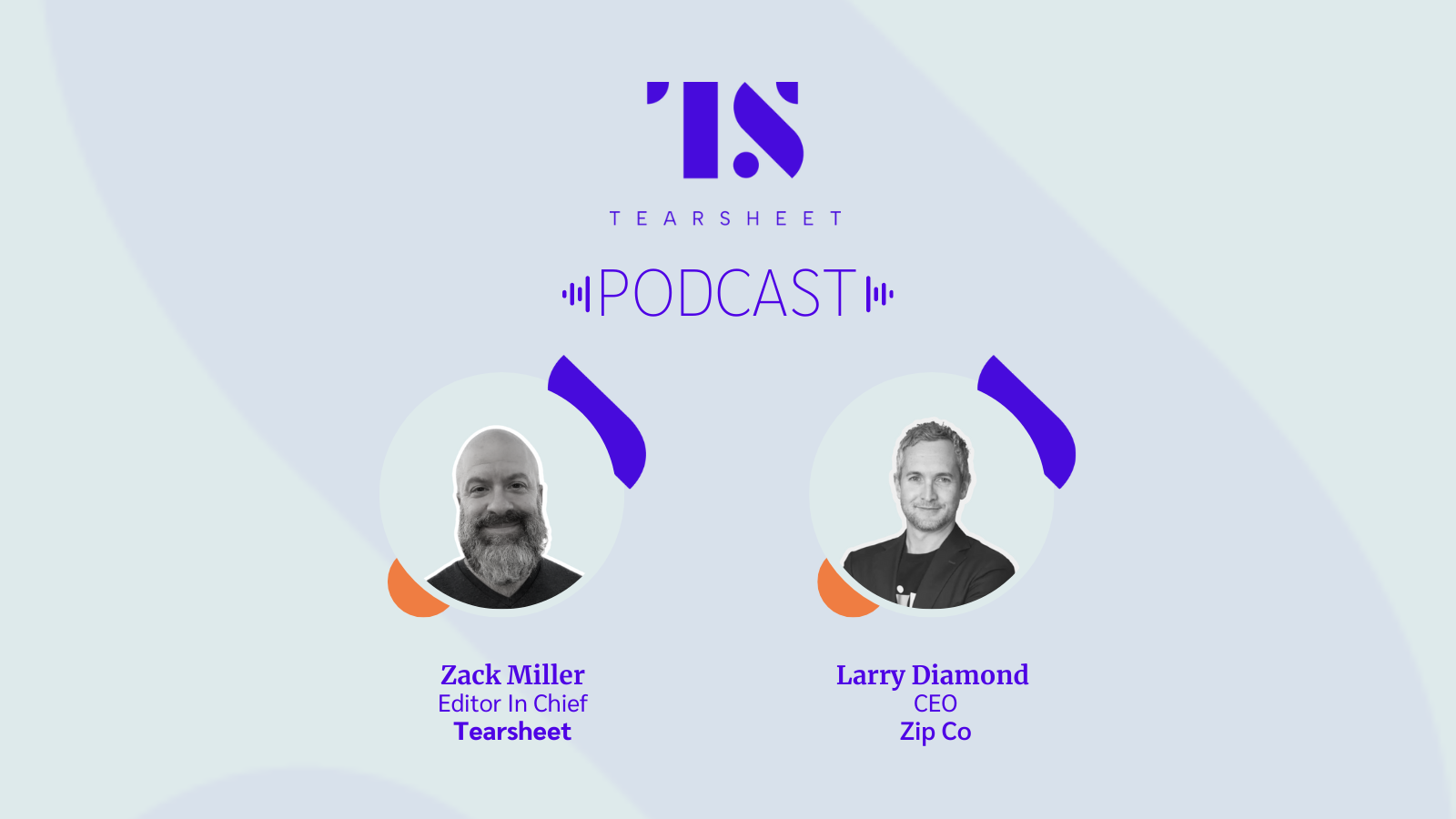Podcasts
‘We want to be the first payment choice everywhere and everyday’: Zip’s Larry Diamond
- BNPL player Zip is expanding in the US, led by its CEO, who recently moved stateside.
- Zip CEO Larry Diamond joins Tearsheet's editor-in-chief to talk about levers in the business and where BNPL is headed next.










